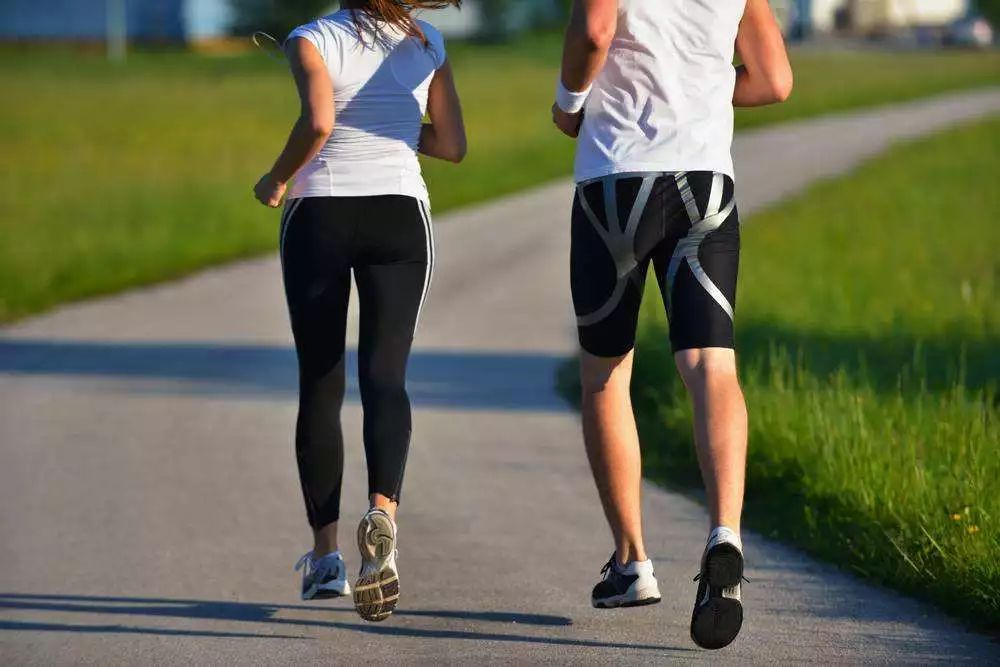how to do aerobic exercise

The Five Essentials of Aerobic Exercise
Proper Warm-up
Before starting any aerobic exercise, it is crucial to prepare the body with warm-up activities. This involves moving the joints, stretching the limbs, and engaging the muscles in the lower back. Begin with low-intensity exercises and gradually transition into the appropriate level of intensity. Warm-up routines usually consist of low-intensity aerobic exercises that gradually elevate body temperature, increase heart rate, and accelerate breathing. This, in turn, enhances blood circulation, delivering oxygen and nutrients to the heart and muscles, preparing the body for exercise. An important indicator of successful warm-up is when the body starts to gently perspire. A warm-up session typically lasts 5 to 10 minutes. In colder weather, warm-up time should be extended, and additional layers of clothing may be worn.
Many people, in an attempt to save time, skip warm-up exercises and jump directly into high-intensity aerobic training. However, without proper warm-up, the cardiovascular and respiratory systems remain unprepared, body temperature stays low, and muscle flexibility decreases, leading to a higher risk of injuries. Additionally, exercising without warming up can result in increased fatigue.
Stay Within and Near Target Heart Rate
As a general rule, the target heart rate is calculated as 170 minus the person's age. For example, if you are 60 years old, your target heart rate would be 170 - 60 = 110 beats per minute. During exercise, you can monitor your pulse at any time, and as long as your heart rate stays below 110 beats per minute, the intensity of the workout is appropriate. However, this applies to healthy individuals, and people with weak constitutions or health conditions may have different target heart rates. If your heart rate during exercise is only around 70 to 80 beats per minute, significantly lower than the target heart rate, it indicates that you have not reached the aerobic exercise standard.
Self-Perception
Self-perception is a crucial indicator of mastering the appropriate exercise volume and intensity. If you feel slightly breathless, experience a mild increase in heart rate, a slight warmth throughout the body, a slightly flushed face, and a gentle perspiration, it suggests that the exercise intensity is moderate. On the other hand, if you experience obvious palpitations, shortness of breath, a hot sensation in the chest, dizziness, profuse sweating, and extreme fatigue, it indicates that you have exceeded the limits of your exercise capacity. If your exercise keeps you at a level where "your face remains unchanged and your heart rate remains steady," and your heart rate is far from the target heart rate, it means your workout will not achieve the goal of improving physical fitness and endurance, and you need to increase the intensity.
Post-Exercise Symptoms
Post-exercise discomfort is another gauge of whether the exercise volume is appropriate. After exercising, most people may feel slight discomfort, fatigue, and muscle soreness, which should disappear quickly after rest—these are considered normal reactions. However, if the symptoms are severe, such as extreme fatigue, persistent muscle pain that lasts for a day or two, it indicates that an excessive buildup of metabolic waste has occurred in cells and the bloodstream. This is a consequence of anaerobic exercise, and you should reduce the exercise intensity in your next session.
Cooling Down Is Equally Important as Warming Up
During exercise, blood circulation accelerates, and the blood volume in the limbs increases significantly. If you stop exercising abruptly, the blood may pool in the lower extremities, causing unnecessary strain on the heart and potentially affecting blood supply to the brain, leading to dizziness or lightheadedness. Therefore, after achieving the exercise goal, it is essential to have a 5 to 10-minute cool-down period. Gradually decrease the exercise intensity, allowing the body to gradually return to a state of rest and relaxation.
Please indicate the address of this article for reprint https://www.sportshealthprogram.com/Aerobic-exercise/202307554.html

















